Overview: LM386 Audio Power Amplifier IC (DIP)
The LM386 Audio Power Amplifier IC (DIP) is a compact, low-voltage amplifier designed for driving small speakers and audio loads directly. Its ease of use, low quiescent current, and minimal external component requirements make it a favorite for portable speakers, DIY amplifier kits, radio audio stages, and electronics education.
Key Features
- Low-voltage audio power amplifier — operates from 4V to 12V (some designs tolerate up to 18V)
- Up to 1W output into an 8Ω speaker
- Internal gain of 20×; gain adjustable up to 200× with external resistor and capacitor
- Low quiescent current for battery-powered devices
- Minimal external components required
- Standard DIP package for easy prototyping on breadboards and PCBs
- Built-in protections and stable operation across typical audio loads
Applications
- Portable speaker systems and pocket radios
- DIY audio amplifier projects and hobby builds
- Signal amplification for audio players, toys, and intercoms
- Student laboratory exercises and electronics coursework
- Small PA systems and sound effect modules
Typical Specifications
- Supply voltage: 4V to 12V (up to 18V for some use cases)
- Output power: up to 1W into 8Ω
- Default gain: 20× (adjustable to 200× with external components)
- Package: 8-pin DIP (easy prototyping)
- Low quiescent current: suitable for battery operation
Getting Started: Pinout and Typical Circuit
The LM386 is simple to wire and requires only a few external components for a functional amplifier stage. Basic connections include a power supply bypass capacitor, input coupling capacitor, output coupling capacitor or speaker, and optional gain-setting resistor/capacitor between gain pins.
Basic wiring checklist
- Power supply (Vcc) and ground — use decoupling capacitors close to the IC
- Input coupling capacitor to block DC from the source
- Output coupling capacitor or direct speaker connection per recommended datasheet guidance
- Bypass capacitor on the bypass pin to reduce noise and set internal gain behavior
- Optional resistor/capacitor between gain pins to increase gain up to 200×
Design Tips and Best Practices
- Use a 0.1µF ceramic bypass close to the IC between Vcc and ground to prevent oscillation.
- Place the input coupling capacitor near the input pin to avoid hum and interference.
- When driving an 8Ω speaker, keep supply voltage within recommended range to avoid thermal stress.
- For battery operation, choose low quiescent current variants and consider a power switch or sleep circuit.
- Consult the LM386 datasheet for exact pinout, recommended component values, and thermal limits.
Why Choose the LM386 for Your Project
The LM386 provides a cost-effective, easy-to-use amplification solution for small audio projects. Its DIP package makes it ideal for rapid prototyping, while its adjustable gain and low power draw suit a wide range of hobbyist and educational applications.
Note: Images are for illustration purposes only.

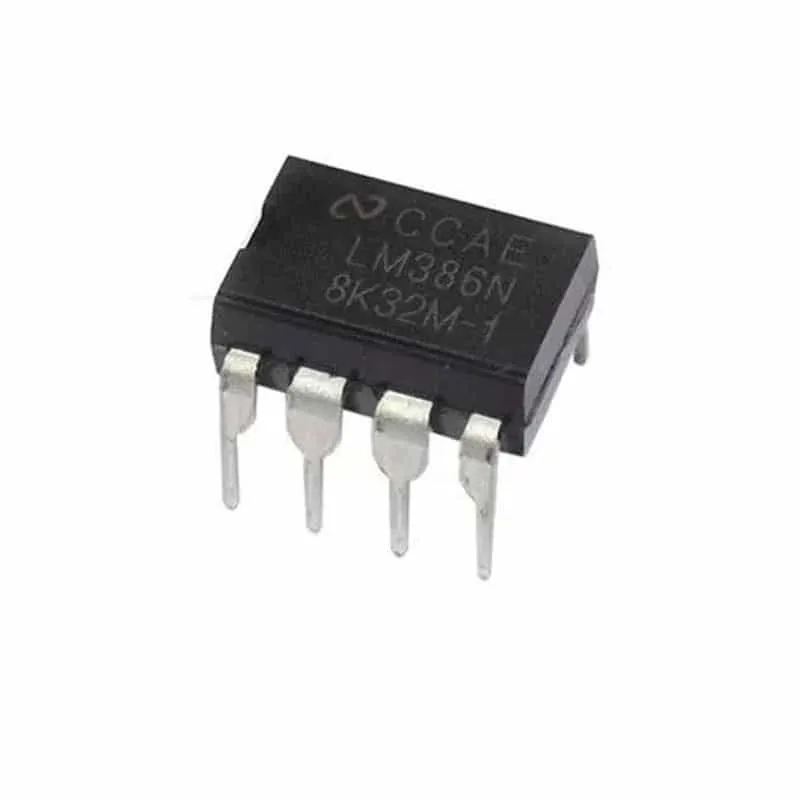

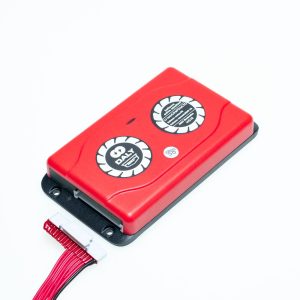
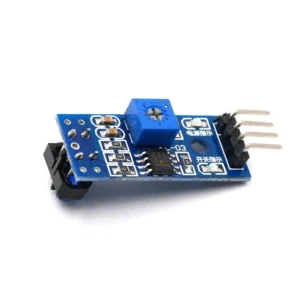
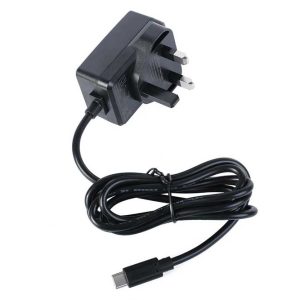
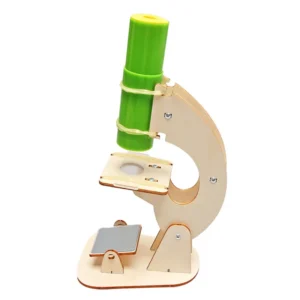
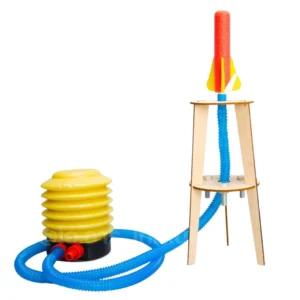
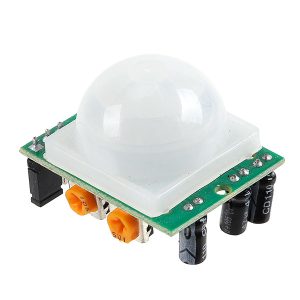
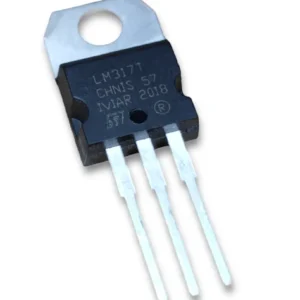
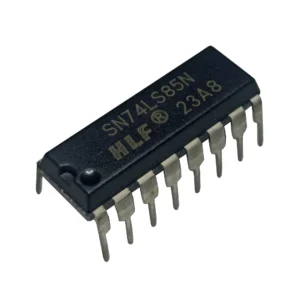
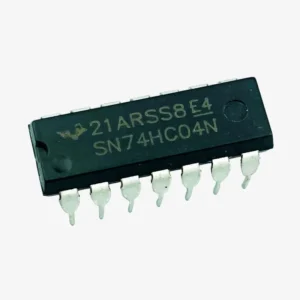
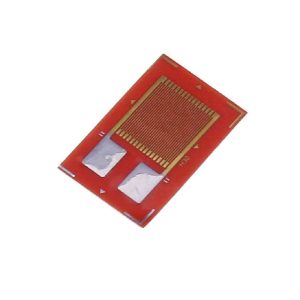

Reviews
There are no reviews yet